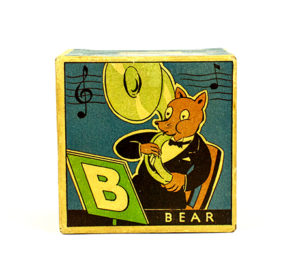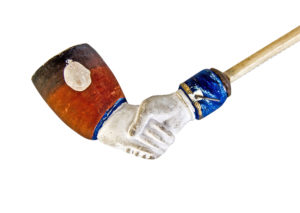Need help to know how to post your response. Check FAQ page.
04
Nov 19Brotherhood and Bears
Those whose identities are considered non-normative have for centuries created sub-cultures to survive, and to belong. Peter Nardi explains that participation in spaces occupied by others with similar experiences of stigmatised identities, and similar forms of personal and social marginalisation is “a socio-political connection, perhaps one of brotherhood …” (1999:3). Among many queer sub-cultures are the Bear Men. Ray Kampf explains that Bears are characterised by three things: “Size, Hair, and being Gay” (2000). The essentialising of Bear identities and the circumscribing of particular characteristics, physical or otherwise, to be included within the sub-culture is reminiscent of the rules and regulations that dictated membership to unions, and the characteristics required to uphold union ideals. Symbols of solidarity, like clasped hands, were commonly used to represent unionism. Clasped hands referred to the mutual help and friendship that unions prided themselves on. Could it be truthful to suggest that the union of Bear Men offers mutual help and friendship to those who’s being in the world sits uncomfortably in the mainstream?
References
Australian National University. 2019. ‘Trade Union Banners’. Accessed 4 November 2019. http://archives.anu.edu.au/exhibitions/unity-strenght-symbols-solidarity/trade-union-banners
Kampf, R. 2000. ‘The Bear Handbook’. New York: Harrington Park Press.
Nardi, P. 1999. ‘Gay Men’s Friendships: Invincible Communities’. Chicago: University of Chicago Press.

